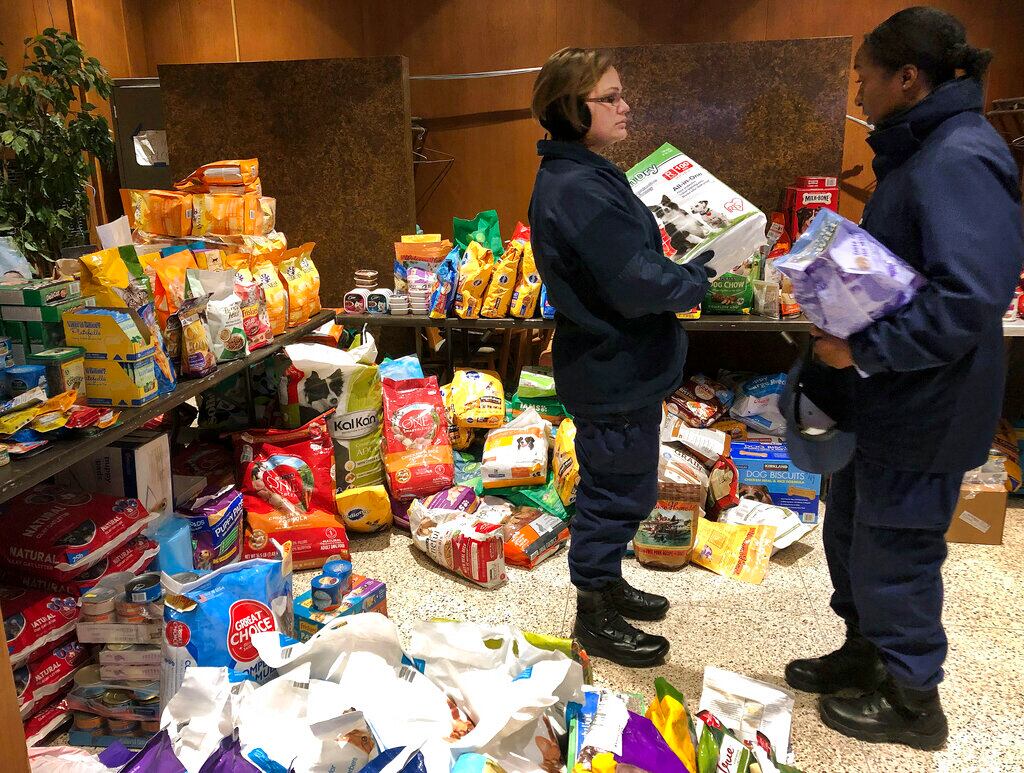EDITOR’S NOTE: In 2008, Military Times reporter Kelly Kennedy published an expansive story looking at thousands of U.S. servicemembers who may have been sickened by the toxic smoke coming out of waste pits at Joint Base Balad in Iraq. The story — the first talking about “burn pit” injuries from overseas war zones — and her subsequent work over the next year has served as the backbone for journalistic work since then looking at toxic exposure injuries from the post-9/11 wars. As the White House and Congress refocus on the issue of burn pit illnesses, Military Times is republishing those early stories to help show what officials knew, what changes have occurred since those early revelations and — perhaps most importantly — what hasn’t changed.
Cases of chronic obstructive pulmonary disease and undiagnosed respiratory symptoms at Joint Base Balad—the former site of the U.S. military’s largest open-air burn pit in Iraq—may be as much as 30 percent higher than at other bases, a senior Pentagon official said.
“We clearly understand it can cause problems in some people,” R. Craig Postlewaite, acting director of force health protection and readiness, told health care providers Jan. 27 at the Military Health System annual conference.
“What we’re not sure [of] is if there are long-term effects or latent effects,” he said.
However, he acknowledged that recent studies from Vanderbilt University, the Veterans Affairs Department and the military itself show a rise in asthma and COPD among troops that does represent “long-term health effects.”
In one study, 10 percent of non-deploying troops showed respiratory symptoms, compared with 14 percent of those who deployed.
“That’s a fairly modest elevation, but perhaps there’s something there,” he said.
He also acknowledged that while Balad’s 10-acre burn pit closed last fall, “there is still lots of burn-pit exposure throughout theater.”
His comments represent a significant departure from the stance that the Defense Department held for months after Military Times first began reporting on burn pits in the war zones in October 2008.
Until late last year, virtually the only response the Pentagon would offer on the subject was that there were no known long-term health effects linked to burn-pit exposure, even though the pits consumed a wide variety of potentially toxic substances and produced heavy plumes of thick, acrid smoke.
Postlewaite said initial studies at Balad several years ago did not show potential long-term health effects—but the environmental expert who took air samples there has since said his one-man sampling effort was hampered by weather and logistical issues.
RELATED

Postlewaite said the Defense Health Board validated a report on those initial studies, but he acknowledged that the board did not receive details on fine particulate matter from that sampling data as part of the report. Military and civilian environmental health experts have said fine particulate matter is known to cause some of the symptoms service members are complaining about.
Postlewaite said military health officials decided to go back and look at burn pits and particulate matter despite the initial findings at Balad because officials had not considered the possibility of a combination of exposures, such as burn pits, pollution and smoking.
He said one factor in the decision to do a reassessment was the personal stories posted by ill troops at www.burnpits.org, a Web site established by Rep. Tim Bishop, D-N.Y.
“It’s very, very sobering to look at those blogs and see how sick they are,” Postlewaite said.
The military is now conducting “hypothesis-based studies” using hospital and self-reported data and a better monitoring system in Iraq or Afghanistan, he said.
He also said he has asked for better biomarkers to determine what a person has been exposed to, when a person might have been exposed, health outcomes at bases other than Balad, persistence of symptoms over time, and good case studies.
He said exposure and symptom data will be shared with VA claims processors so they can link ailments to service. “Service members shouldn’t have to prove exposure,” he said. “It’s time to take the onus off the service member.”
He advised doctors to report when they see several service members with similar symptoms and similar exposures. “We need that to connect the dots on subtle kinds of exposure,” he said.
More also must be done in theater, he said. Base camp assessments should be conducted before troop housing is set up near environmental hazards, and doctors must document environmental exposures and symptoms in medical records in theater and report them using specific codes.
“This is a data point that deserves to be captured,” he said.
Disabled American Veterans has set up a registry for people who believe that burn pits have made them ill. For more information, e-mail legislation@davmail.org.





